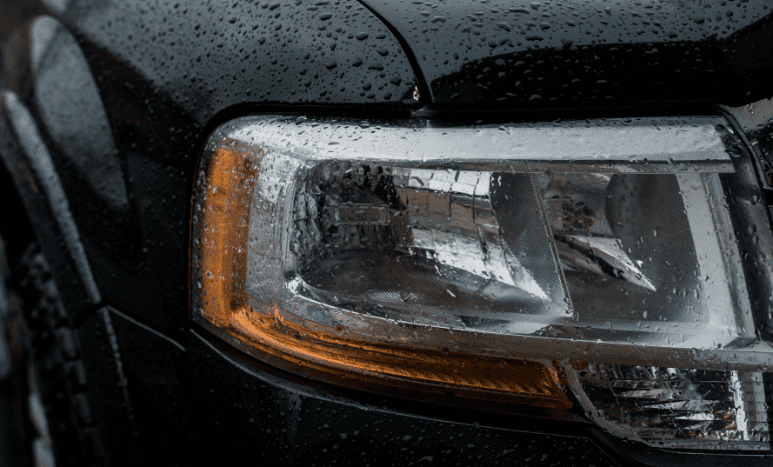If you think your car getting a rainwater “wash” will save you some carwash money, you can’t be farther from the truth—and definitely farther from saving money. On the contrary, rainwater is not good for your car, and therefore can put a dent on your budget.
Here are 5 ways your car can be damaged by rainwater:
1. It carries pollutants and contaminants that can ruin your paint job.
Rainwater is not clean water. Rather, it is loaded with the pollutants and contaminants that it collects as it falls. When rainwater gets on your car, your car does not get cleaned; rather, rainwater makes it dirty, or dirtier.
When you fail to clean your car immediately after it has been exposed to rainwater, you allow the contaminants to stay on and corrode the paint, and it gets harder to clean your car the longer you wait to wash it.
2. It can result in damp and mildew.
Rainwater that manages to get inside your car can leave mildew, whose smell you don’t want to be met with when you open your car door, much less get stuck with when you’re driving.
3. Large amounts of rainwater can cause extensive damage to your car.
When you drive in a heavy rainstorm and in heavily flood roads, large amounts of water can easily get in your car and ruin the interior as well as vital mechanical components, resulting in costly and protracted repair work that will wreak havoc with both your budget and your day-to-day routine while you wait for your car to be able to use your car again.
4. It can damage your engine.
You need not drive in a flood or a major rainstorm for rainwater to get into your car’s mechanical components, especially the engine. Driving over puddles can result in water getting into the intake system and then on into the cylinders where the pistons compress air, except unlike air, water doesn’t compress. This causes pressure inside the engine that can crack the engine block or cause the piston rods to buckle.
5. It can damage your headlights.
Even though headlights come with a watertight seal, wear and tear from everyday use can weaken or damage this seal. When the seal is no longer watertight, condensation can form inside the light. Water droplets will scatter the beam of light and compromise visibility when you’re driving at night or in the fog, or when you absolutely have to drive in the rain.
Knowledge and awareness can go a long way in helping you keep your vehicle in tiptop shape and avoid additional, expensive repair costs.
Often it takes only an extra degree of attentiveness to keep your vehicle in the best shape possible for as long as possible. That attentiveness can also include minding your warranty expiration schedule.
If your manufacturer’s warranty is running out soon, start exploring your options for post-warranty coverage. Check out our vehicle service contract plans.

